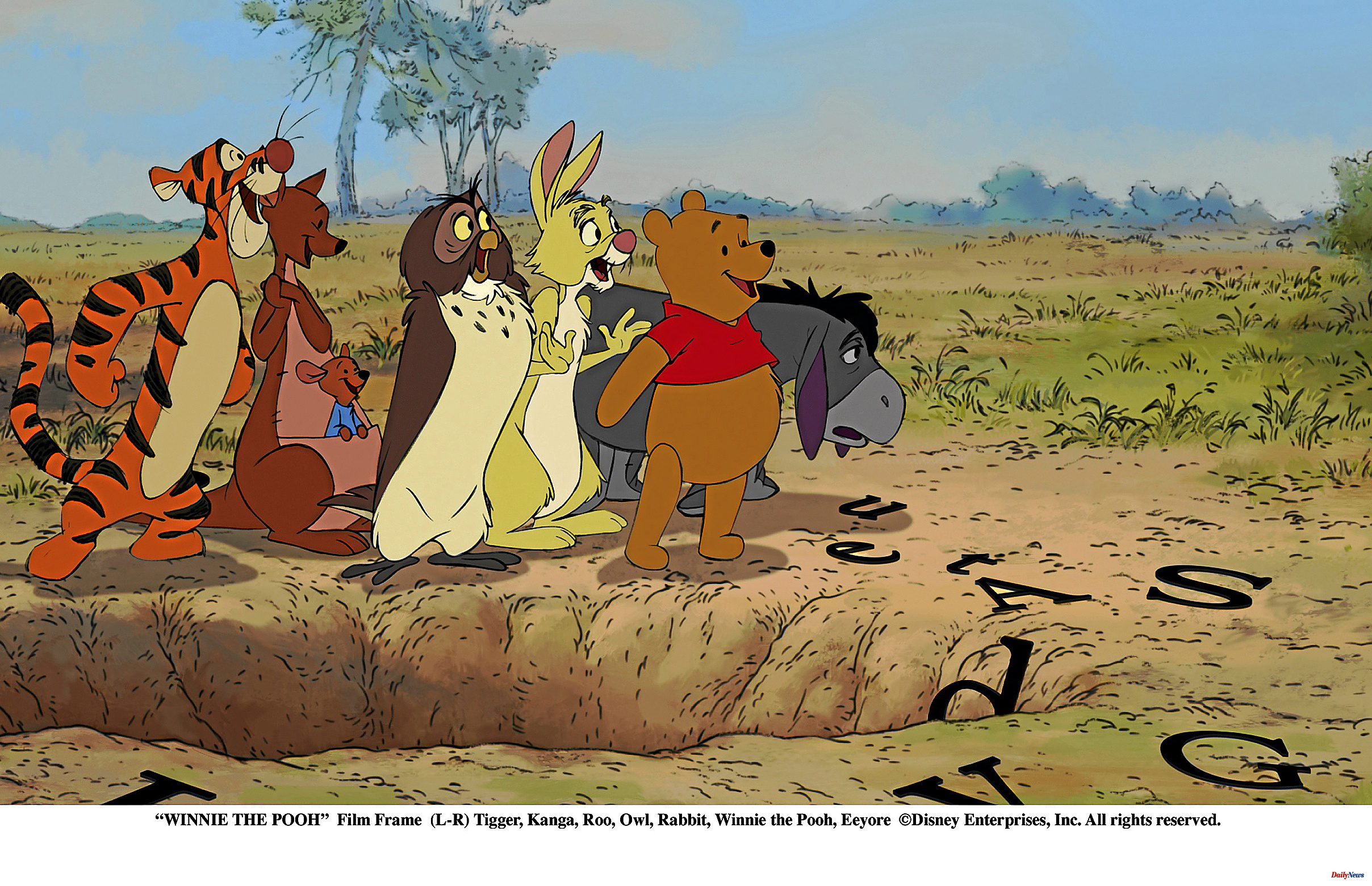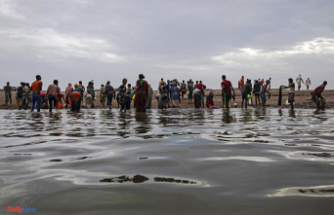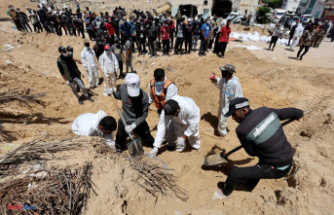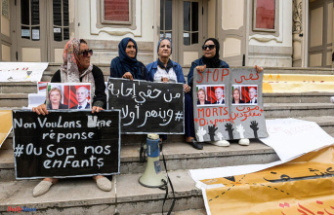What would Pooh Bear do during a school shooting? Run, hide and if there is no other option, fight against the aggressor, according to a book recently distributed among students in the United States, where these violent acts are common.
The text has been edited by the Praetorian security consultancy, based in Houston, Texas, a conservative state in the south of the country, the scene of massive shootings, such as the one that occurred a year ago at a school in Uvalde, where 19 children and two were killed. Adults.
"If there is danger, Winnie the Pooh and his friends teach you what to do," says the red-covered book, which has the image of the popular character. It is titled Stay Safe (Stay safe) and also has three keywords: "Run, Hide, Fight" (Run, Hide, Fight), a protocol recommended by the authorities against shootings.
"If danger finds you, don't stay, run away" is the suggestion, as long as there is no immediate danger. If not, the student must close and lock the doors of his classroom and hide somewhere where he cannot be found, without making noise.
And, if in the end "you can't run away, you have to fight with all your might", says the text, accompanied by the image of Kanga and Roo, a kangaroo mother with her son, equipped with boxing gloves. Piglet, another beloved character from the series, also appears ready for combat.
Then, when it's all over, the text advises them not to react angrily and to wait for a police officer or a teacher to come for them.
This year there have been more than 220 shootings in the country, according to the NGO Archives of Armed Violence.
According to the criteria of The Trust Project












